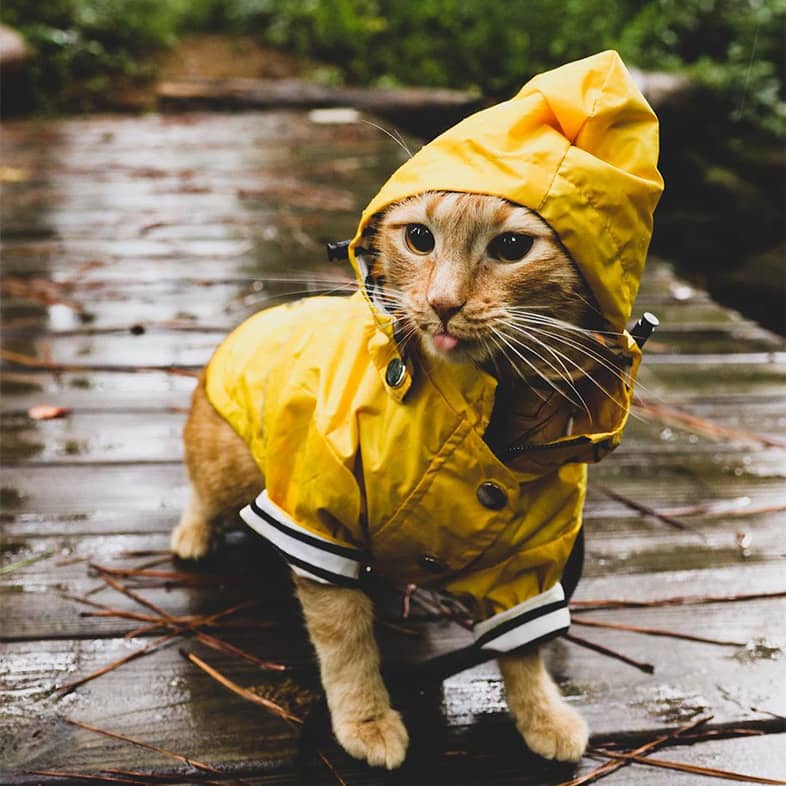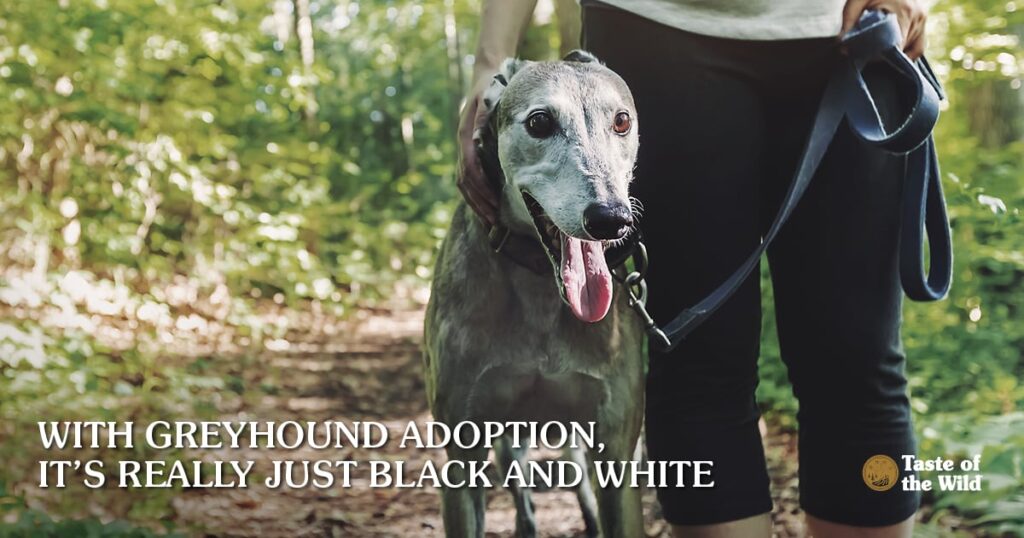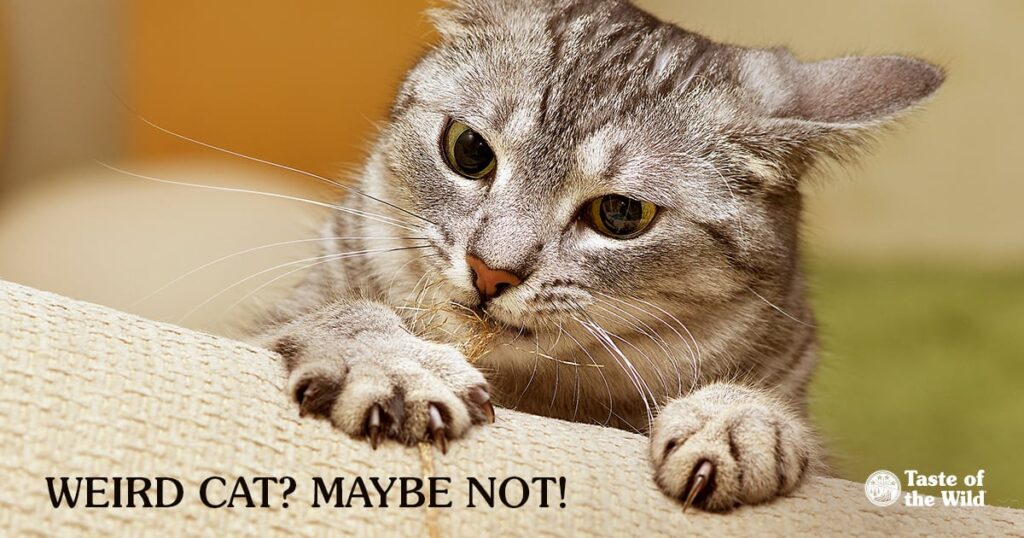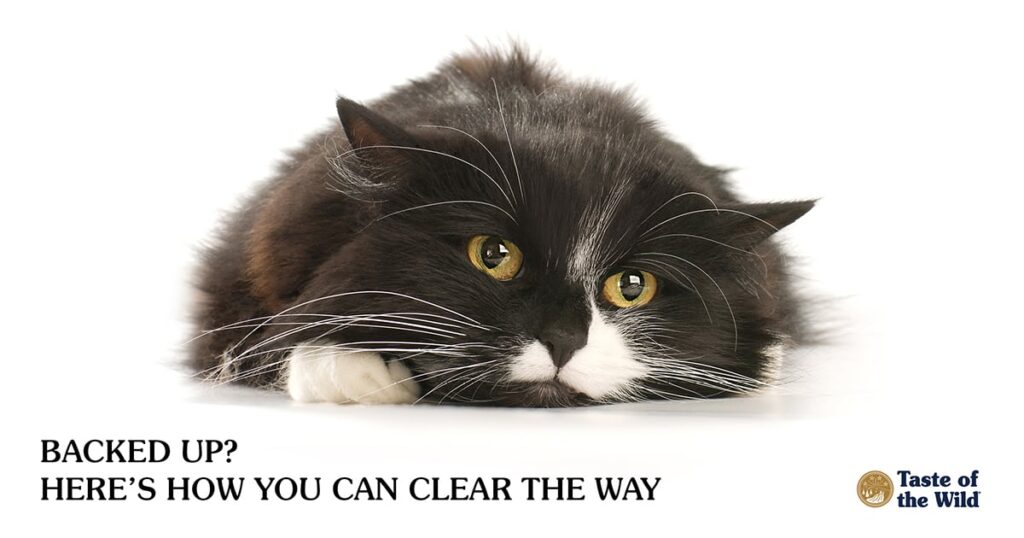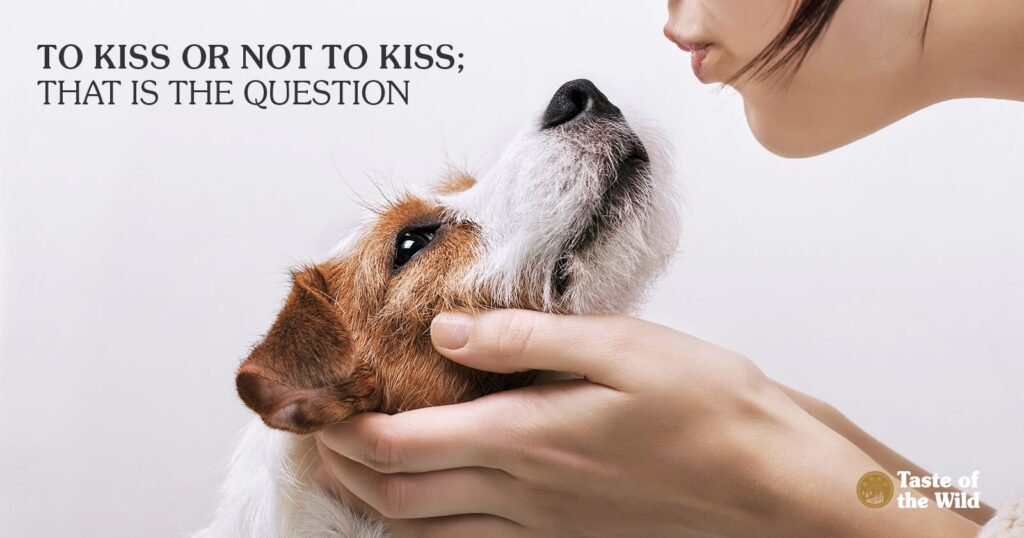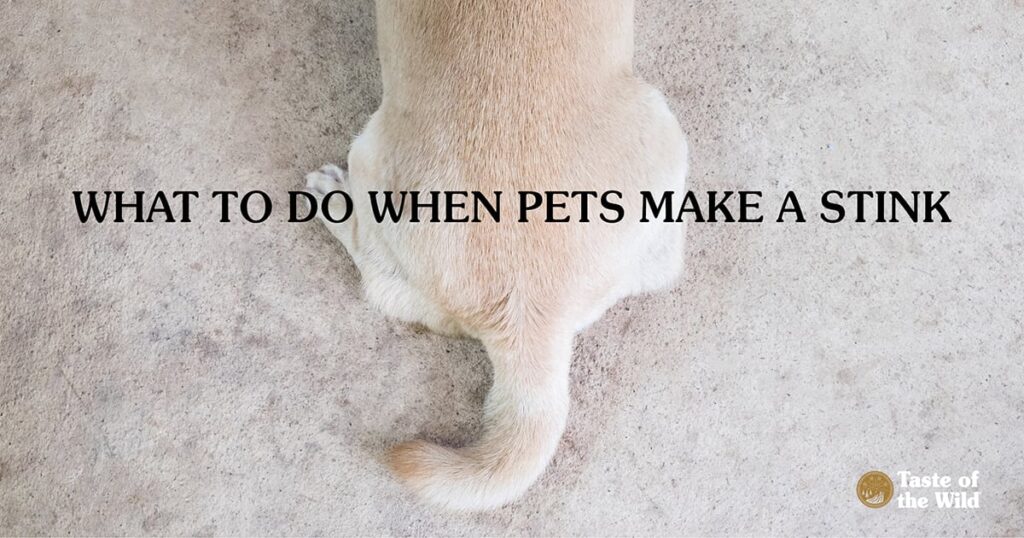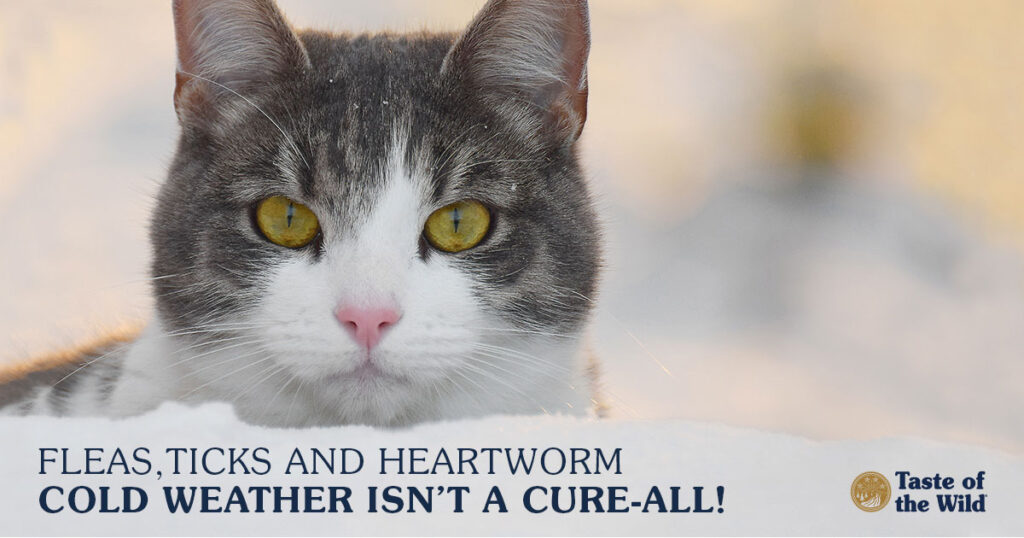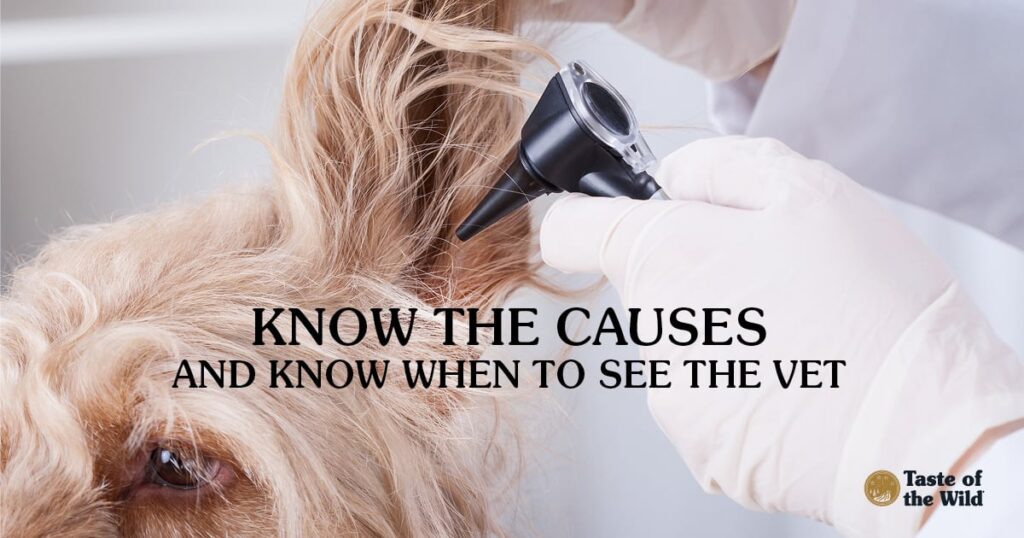
For dog owners, the only sound that epitomizes summer more than the shhh-tik-tik-tik-tik of a lawn sprinkler is the jangle of ID tags as their dogs shake their heads and scratch their ears. Why all the racket? Because summer often means ear infections for our canine companions.
WHAT CAUSES EAR INFECTIONS IN DOGS?
In dogs, ear infections are often caused by environmental allergies. When the air gets warm, pollen, mold spores and other allergens begin to thrive and waft around on the currents, causing allergies to flare up. These allergies can make the skin that lines the ear canal inflamed, opening the door for secondary bacterial and fungal infections.
And if your dog loves to swim, excess water in the ear canal can create the kind of dark, moist environment where yeast and bacteria thrive. (Food allergies can cause ear infections, too, but in these cases, the infections tend to occur all year long rather than seasonally.)
Dogs with pendulous ears, such as cocker spaniels and basset hounds, may be predisposed to ear infections because it can be harder for air to circulate in their ear canals. Health conditions such as hypothyroidism (low thyroid hormone) and tumors or masses in the ears may also lead to ear infections.
While ear infections aren’t nearly as common in cats, outdoor cats can pick up ear mites in the summer, which can irritate the ears and lead to infection.
HINTS THAT YOUR DOG HAS AN EAR INFECTION
If the musky odor emanating from your dog’s ear doesn’t tip you off to an infection, your dog may resort to rubbing their ear on the floor. Other signs may include red, inflamed skin lining your dog’s ear canal, waxy discharge, constant head shaking, ear-scratching and obvious pain. In fact, your dog may shy away from having their head touched at all.
TIME TO SEE YOUR VETERINARIAN ABOUT YOUR DOG’S EAR INFECTION
Left untreated, the skin may become cobbled or cauliflower-like in appearance and the ear canals can become swollen and permanently calcified. If the eardrum ruptures, the infection can enter the middle or inner ear and lead to hearing loss, loss of balance and neurological signs.
Your veterinarian will give your pet a full physical exam and most likely swab the ear canal for a sample. By viewing the ear debris under a microscope, they can determine if bacteria and/or yeast are involved. In some cases, they may recommend culturing the sample to identify the exact organisms and the best medications for treating them.
For some dogs, the ears may be so painful that a course of steroids may be required to help reduce swelling and inflammation before the ears can be handled. In severe cases, the dog may need to be anesthetized for a proper ear exam.
Your veterinarian may perform other diagnostics, such as blood or allergy testing to check for underlying health conditions. In some cases, X-rays or computed tomography (a CT or CAT scan) may be recommended to help determine if the middle ear is involved.
THE ROAD TO RECOVERY FOR DOGS’ EAR INFECTIONS
Treatment usually includes topical therapy with antibiotics, antifungals and/or steroids. Your veterinarian will be happy to show you how to clean your pet’s ears so the medication can reach deep inside the ear canal. In more severe cases, oral medications may be needed, and chronic cases can even require surgery.
Of course, treating the ear alone won’t solve the problem if you don’t also treat the underlying allergy or other condition that may be behind the ear infections. If your dog’s ear infections keep coming back, talk to your veterinarian about additional testing to help identify the underlying problem.
Solving an ear infection can be a big relief for your dog. Then they can get back to their favorite summer activities — like running through the sprinkler.
OTHER SUMMER SAFETY TIPS FOR DOGS
The dog days of summer can be tough on an unprepared pooch. To help dogs and dog owners navigate those steamy summer months, we’ve put together a Taste of the Wild Guide to helping your dog survive the summer. Inside, you’ll find summer safety tips, advice about dog diets, how to protect your dog’s paws from hot pavement, and more!

